Big Worm Bass Fishing: Why Oversized Plastics Catch Oversized Fish
Share this bass fishing article with every angler you know!
Usually, soft plastic worms are between 4 and 7 inches long. That’s what you’ll see most anglers using at all skill levels. There’s a reason for that. They’re easy to find, easy to use, and they work.
However, every once in a while, you’ll see somebody tossing a soft plastic worm that looks like a snake. We’re talking about giant 10-inch worms and bigger.
Do those really catch bigger bass? How do they work? Should you start tossing them out there?
Today, we’re going to dive into all that and more to learn about big worm bass fishing.
Get notified of new bass fishing articles, tips and tricks!
Newsletter Signup
Do Big Worms Catch Big Bass?
There’s solid reasoning behind throwing big worms. It’s not just a gimmick. We highly recommend finesse baits much of the time, and they can pick up big bass. However, giant worms catch lots of big bass.
The reason is simple. If you have a 16-inch worm, the little one-pounders and similar dinks can’t really eat them.
It’s like trying to catch bluegill with a football jig. It’s too big. The big bass that are several years old and very likely to beat your personal record can easily inhale them, though.
So, it’s not that they necessarily attract big bass more than the little baits do. It’s that they weed out the small guys and ensure that most bites are going to be bigger bass.
What is a Big Worm?
“Big” is a pretty subjective term. A kid might hold a 7-inch worm and think it’s big. To get the benefits of tossing a big worm, you usually want to toss something that’s 10 inches or larger.
The bigger the worm is, the fewer bites you’re likely to get, but each bass is going to be larger. Every inch weeds out more and more bass that you’re not interested in.
Why Use Big Worms for Bass?
Big worms aren’t going to be something you throw all the time. In fact, they’re unlikely to work in some situations. There’s a reason you’re often told to scale down your gear when you’re fishing in high-pressure water or when the bass are lazy.
However, when the conditions are right, there are a couple of reasons to choose an oversized worm over a favorite crankbait.
An oversized worm is great when you’re out to beat your personal best. Since it weeds out a lot of the smaller fish, your chance of beating your personal best goes way up, and you spend less time unhooking dinks.
Another great time to throw them is when you’re in a tournament. In most tournaments, you want to catch the biggest bass possible. Every little bass is a waste of time. By using a giant worm, you ensure that you’re targeting the right fish to win.
Conditions might keep you from using it, but in most situations where size is crucial, a big worm is going to work wonders.
Gear for Big Worm Bass Fishing
The gear you use for big worm bass fishing is going to be a little different from your usual medium casting rod and standard hooks.
Thanks to the added weight due to their size, you’ll want to increase your rod’s power accordingly. You’ll also want to use a fishing line that matches the size of the bass you’re targeting.
The more extreme you go with your worm size, the more you have to upscale your setup. Not necessarily because lighter rods can’t handle the bass you’ll catch, but because the worm will overload the rod. There’s a lot of plastic flopping around when you toss a 12-inch worm.
The hook is where you’re going to have some problems. Here’s a spoiler alert for later, but we do recommend the Texas rig.
However, you’ll want to opt for a bigger EWG hook or offset hook. There’s a lot of information that deals with the hook, and we’ll cover the rest later.
Weights also need to be larger. A small bullet weight is enough for a little 5-inch worm, but a giant 20-inch worm won’t be affected much by that. It might even float around or fall awkwardly.
You’ll want to start with a half-ounce weight and scale it up depending on how big a worm you use.
For your line, don’t even mess with mono. Braided line with a fluorocarbon leader will give you a lot more strength without all the bulk.
Which Worms Should You Use for Big Worm Bass Fishing?
Most of the brands that make soft plastic worms make them in standard sizes, and they make much bigger options. Zoom is a classic, and we recommend starting there.
The brand doesn’t necessarily matter as long as you buy your worms from a reputable brand. It’s all about length, color, and your personal preference.
10 inches is where we would start. You can still catch smaller bass on a 10-inch worm, but you don’t need to upscale your equipment much, and it’s easier for you to manage if you have experience with the smaller worms that most people use.
When you’re ready to really make sure that you only catch the biggest bass in the pond, jump up to a 14-inch or 18-inch.
You’ll feel like the bite has slowed down a ton, but that’s just because you’re avoiding all those smaller bass you’re not after anyway.
Keep in mind that most ecosystems don’t support tons of giant bass, and even the best lakes tend to mostly be 2-7 pounders.
How to Use a Big Worm to Catch Big Bass
We assume you’ve gotten your gear together and ordered some big worms to toss on your next day on the lake. So, how do you do it?
You’ll be happy to know that most of it is stuff you’re already used to. The differences are in the finer details.
1: Make a Texas Rig
The first step is simple, and if you’re reading this, you’ve probably done it thousands of times already. Just Texas rig the worm. The terminal tackle is bigger, and the worm is giant, but it’s the same process.
We will say that getting the worm to lie flat is a little awkward due to its length. If you’ve been Texas rigging 5-inch worms, an 18-inch worm has a completely different penetration point. You’ll figure it out quickly with hands-on experience, though.
2: Cast Around Prime Texas Rig Points
For the most part, you’ll be fishing this just like a standard Texas rig. Toss it out near weed lines, submerged trees, structures, drop-offs, and similar areas where you’d toss a normal worm.
After you cast, the experience is largely the same. Let it sink, hop it a few feet, reel up the slack as it sinks, and hop it again. Just repeat that until the lure reaches the shore.
The difference is that a worm with so much mass and surface area is going to fall more slowly unless you put a massive weight on it. You might want to wait longer to make sure the lure reaches the bottom.
Also, a creature with that much mass is typically slower in the water. So, it’s not something that you want to buzz back to shore very quickly. Slower, more methodical retrieval patterns are typically best.
3: The Catch
This is probably the hardest part to get used to when you first start using big worms. This is the hook problem we briefly mentioned earlier. No matter how big the hook is, you’re going to have a ton of tail dangling off the end.
Short bites are bound to happen constantly. The bass can come up, bite 6 inches of the lure, and drag it all over the place. If you try to set the hook immediately, you’re going to pull that lure right out of its mouth, and you won’t even have the hook near the fish.
This is a huge drawback to using big worms. Some anglers use multi-hook rigs to handle this, but that’s usually not allowed in tournaments, and many bodies of water have regulations against it. It’s just something you have to adapt to.
Luckily, it’s not too difficult. You just have to give the bass plenty of time and make sure they’ve taken the entire lure before you set the hook. That can be hard mentally, because you’re used to reacting quickly, but patience will quickly solve the problem.
It’s tricky because you don’t want the fish to swallow the hook. How long you wait depends on the type of bite. If you feel just one twitch and the line starts moving, it is likely a big bass that just inhaled your big worm.
Reel down quickly, point your rod at the fish, and reach for the heavens! If you feel a series of small tugs, gently pull just a very small distance and pause.
These little hits could either be sunfish playing with your worm or a bass nipping at the tail. Keep doing this until you feel consistent, smooth pressure, and/or a solid hit. Then set the hook hard.
You’ll still miss bass more often than you do with smaller lures, but when you do hook into one, it’s more likely going to be a hefty fight with a big bass instead of a little dink that gets skipped across the water by your overpowered rod.
Tips for Using Big Soft Plastic Worms
A lot of the steps for using these big worms are almost the same as using a normal Texas rig, but there are some tips you need to consider for handling these big boys.
1: Practice Casting
Your casting accuracy is going to be way off the first few times you try it. A 16-inch worm wobbles all over the place, and it has the mass to move your rod tip around while you’re loading your cast.
Take some time when you first set it up to really focus on your casting. Get used to the mass on the end of the rod and its sporadic behavior, and go easy on yourself if you fling it into some reeds.
2: Start with Smaller Worms
If you haven’t even used a standard worm yet, don’t start playing around with the big ones. They are a little harder to work with because of their size, and they make setting the hook harder. Start with your standard 5-inch worms for a while. They catch bass more consistently, too.
Even when you’re comfortable with standard worms, don’t jump straight to the 20-inch behemoths. Go to an 8-inch worm, then a 10-inch, so on and so forth until you’re using the biggest worms available.
While that can be costly with a lot of lures, soft plastics are cheap. It’s a lot more affordable to buy 10 packs of soft plastics than it is to buy every size of spy bait available.
3: Don’t Overload Your Rod
When you hold a big worm in your hand, it doesn’t feel that heavy. However, the weight is dispersed awkwardly compared to something like a spoon lure.
The weight flops all over the place, and it can put more stress on your rod. Especially when you have a massive bullet weight rigged up. You want to make sure you’re using an appropriately powered rod when you rig up large worms.
4: Try it Weightless
We know we only covered how to use the Texas rig, but you can also fish these weightless.
The extra size makes it easy to get plenty of casting distance; it’s not as easy to overload your rod, and the action is totally different. It’s a lot more finesse-based than the Texas rig.
This is particularly good to do in shallow water.
5: Have a Variety of Colors
When it comes to color choice, everything is the same as it is with standard-sized worms. For the most part, you want to start by matching the hatch, and if you’re not getting bites, start rotating through the colors that make sense for the water conditions. If all that fails, pick the wackier colors no one would expect.
Again, because soft plastics are so cheap, it’s not super expensive to buy a bunch of different ones. Load up on various colors to give you the variety you need. When you’re using big worms, they’re likely to be the only lures you use all day, anyway.
Catch Big Bass with Big Worms
We’re always trying to beat our personal best, and big worms are the key in a lot of situations.
Take these tips, pick up some massive soft plastic worms, and see if you can catch your next personal best.
The next big bass is out there waiting, so download the BassForecast app and make sure you’re there at the right time!



.gif)
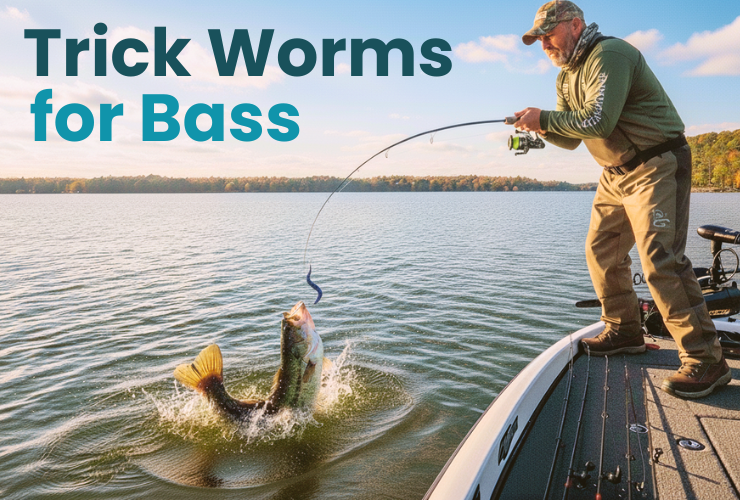
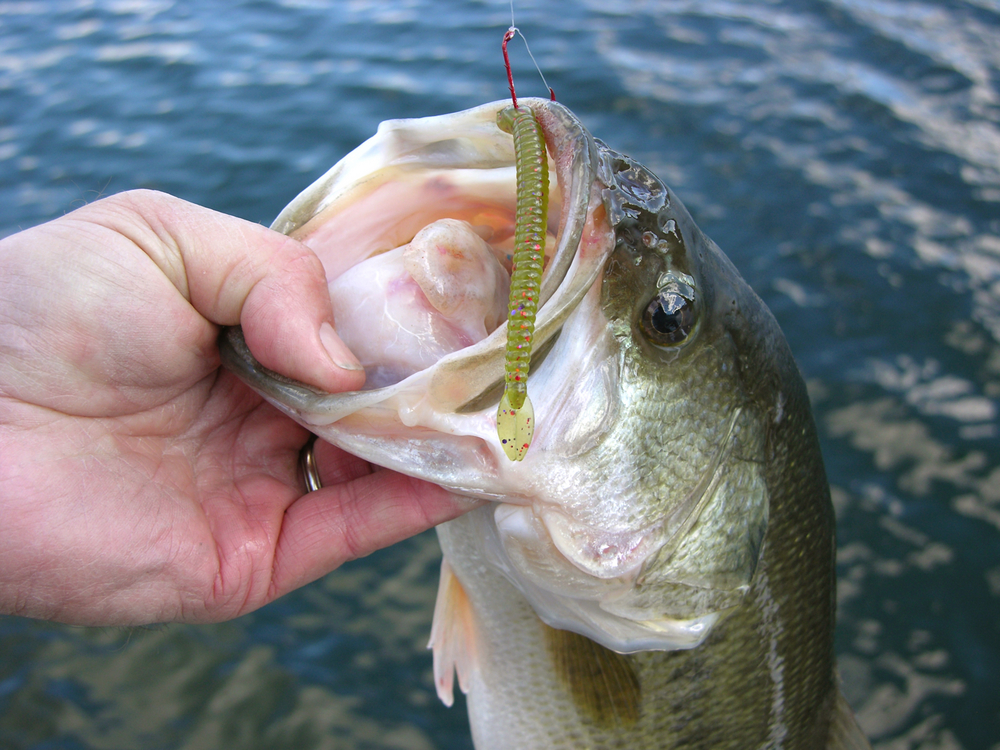
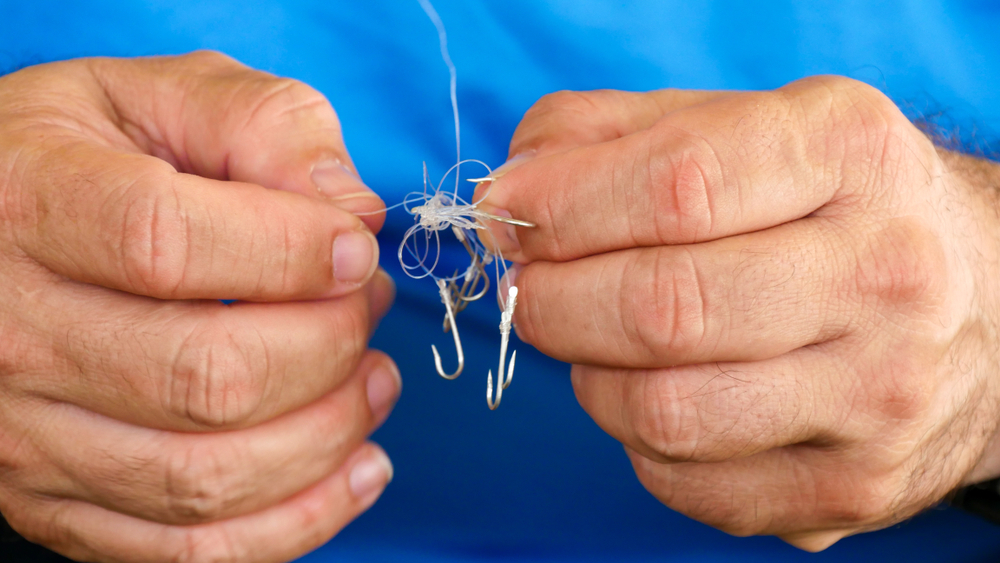
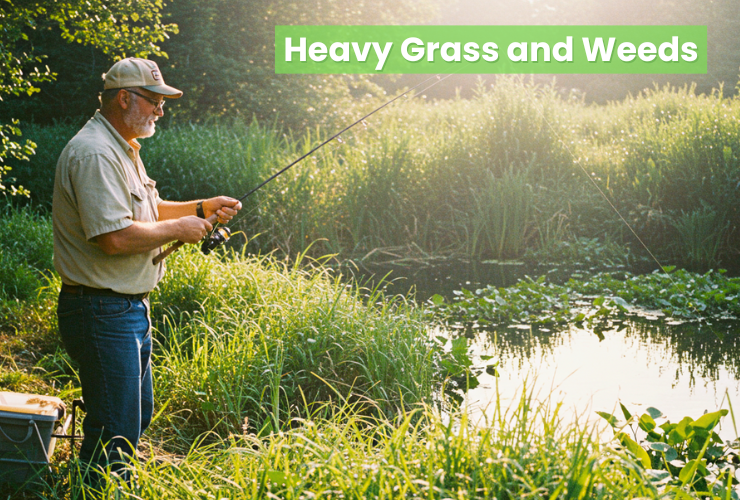
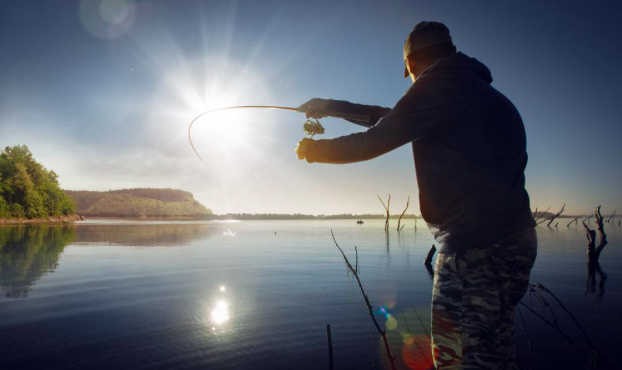
.png)
.png)